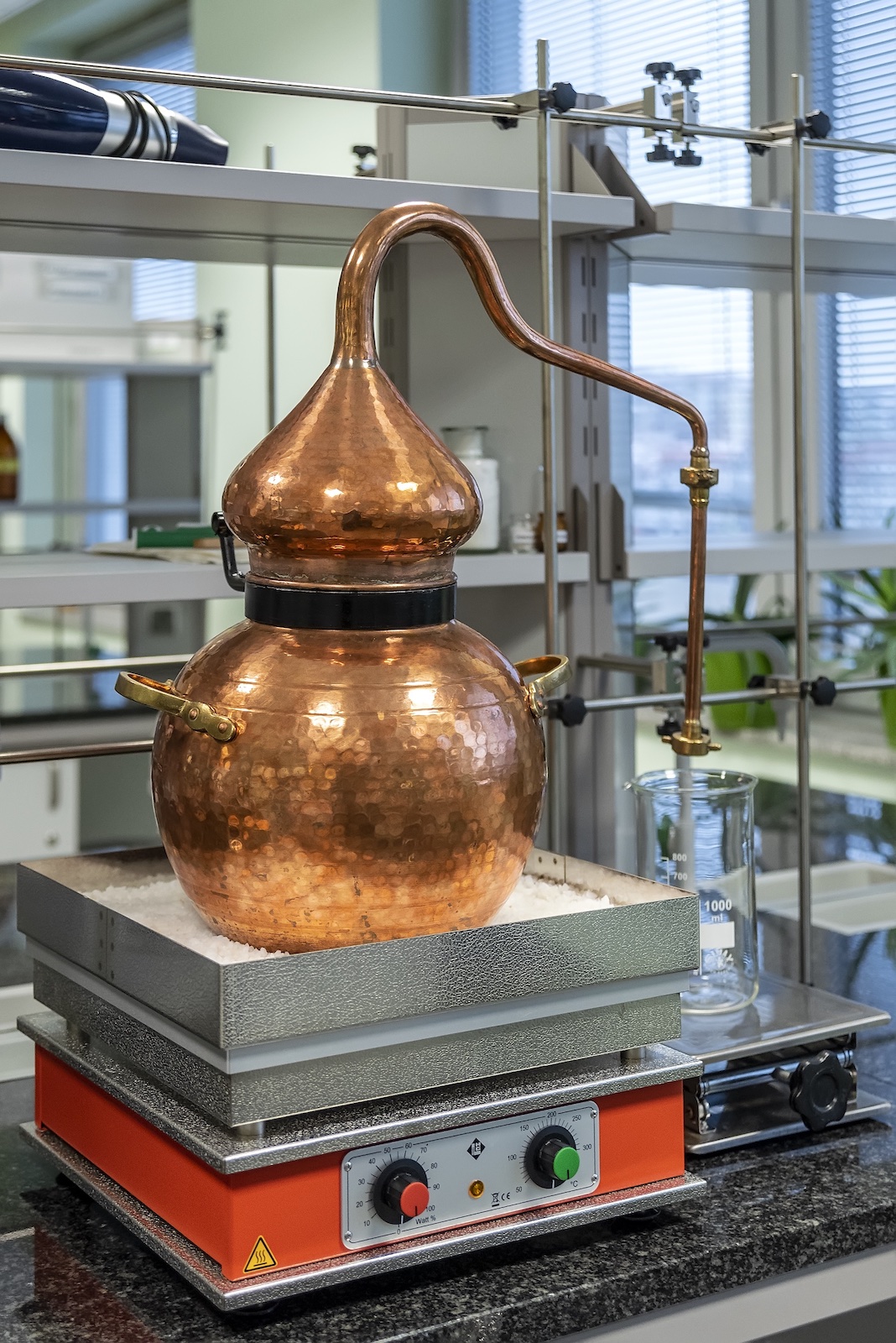Researchers from the Medical University of Wrocław and the University of Wrocław have succeeded in reconstructing theriac – a medicine known since antiquity and used until the end of the 18th century. Throughout the centuries, people were prepared to pay a fortune for this medicine. It was supposed to be an antidote to poisoning and protect against the plague. The findings of the Wrocław researchers show that it most likely did not have the medicinal effect attributed to it.
The Wrocław researchers are completing a project in which they set themselves the goal of reconstructing medicines used in the 16th-18th centuries in the territory of the then Polish-Lithuanian Commonwealth and testing their therapeutic power.
Recreating a theriac, which had 71 different substances in its composition, was a major challenge for the Wrocław pharmacists. It was worth it, not least because of the reputation the drug had held for many centuries. It was a real therapeutic hit of several eras across Europe – from antiquity right up to the 18th century. The drug was primarily prescribed as an antidote to poisoning, but during epidemics its importance became special as it was believed to protect against illness and death.
Production was only carried out by licensed apothecaries. The most highly regarded was Venetian theriac, whose recipe was considered exemplary. Thanks to the licensing system, the production of this peculiar remedy also spread in Poland.
The reconstruction of theriac was based on a prescription of a licensed apothecary from Toruń, written in 1630, whose practical use has been historically confirmed. A prescription from the time before Linnaeus, when there was still no standardised nomenclature in pharmacy, was quite a mystery. Pharmacists often used their own abbreviations, and one substance could have different names, depending on the region or even the author.
The researchers managed to decipher the notes of the Toruń apothecary, obtain most of the original ingredients, fill in the missing ones with period substitutes and reconstruct the theriac. All that remains is to convince themselves experimentally of its theoretically predicted ineffectiveness.
Arkadiusz Słomczyński





